Suppose we have image of a simple graphic, and we know it is a polygon, slightly distorted. Is there an image processing way to approximate the original parameters of the graphic object?
The matrix below was created by code and then reduced in size to show the fifth area of interest:
EnumeratedMask=bwlabel(Zdata<-.06);
0 0 0 0 0 0 0 0 0 0 0 0 0 0 0 0 0 0 0
0 0 0 0 0 0 0 0 0 0 0 0 0 0 0 0 0 0 0
0 0 0 0 0 0 0 0 0 0 0 0 0 0 0 0 0 0 0
0 0 0 0 5 5 5 0 0 0 0 0 0 0 0 0 0 0 0
0 0 0 0 5 5 5 5 0 0 0 0 0 0 0 0 0 0 0
0 0 0 0 5 5 5 5 5 5 5 0 0 0 0 0 0 0 0
0 0 0 5 5 5 5 5 5 5 5 5 0 0 0 0 0 0 0
0 0 0 5 5 5 5 5 5 5 5 5 5 5 0 0 0 0 0
0 0 0 5 5 5 5 5 5 5 5 5 5 5 5 5 0 0 0
0 0 0 5 5 5 5 5 5 5 5 5 5 5 5 5 5 0 0
0 0 0 5 5 5 5 5 5 5 5 5 5 5 5 0 0 0 0
0 0 0 5 5 5 5 5 5 5 5 5 0 0 0 0 0 0 0
0 0 0 5 5 5 5 5 5 5 5 0 0 0 0 0 0 0 0
0 0 0 0 5 5 5 5 5 5 5 0 0 0 0 0 0 0 0
0 0 0 0 5 5 5 5 5 5 5 0 0 0 0 0 0 0 0
0 0 0 5 5 5 5 5 5 5 0 0 0 0 0 0 0 0 0
0 0 0 5 5 5 5 0 0 0 0 0 0 0 0 0 0 0 0
0 0 0 5 5 5 5 0 0 0 0 0 0 0 0 0 0 0 0
0 0 0 5 5 5 5 5 0 0 0 0 0 0 0 0 0 0 0
0 0 0 5 5 0 0 0 0 0 0 0 0 0 0 0 0 0 0
0 0 0 0 0 0 0 0 0 0 0 0 0 0 0 0 0 0 0
0 0 0 0 0 0 0 0 0 0 0 0 0 0 0 0 0 0 0
For next step I need the ABC/ABCD coordinates to get z-profile across lines further defined by those points.

